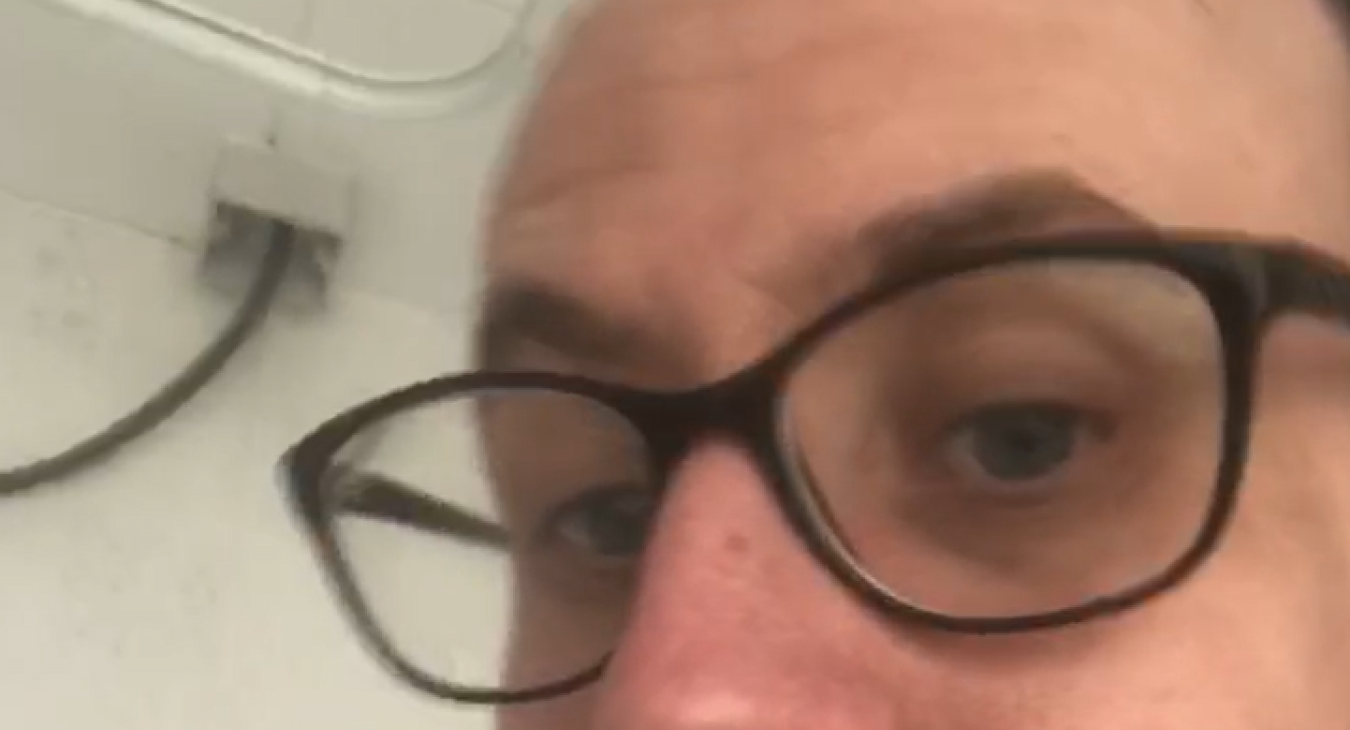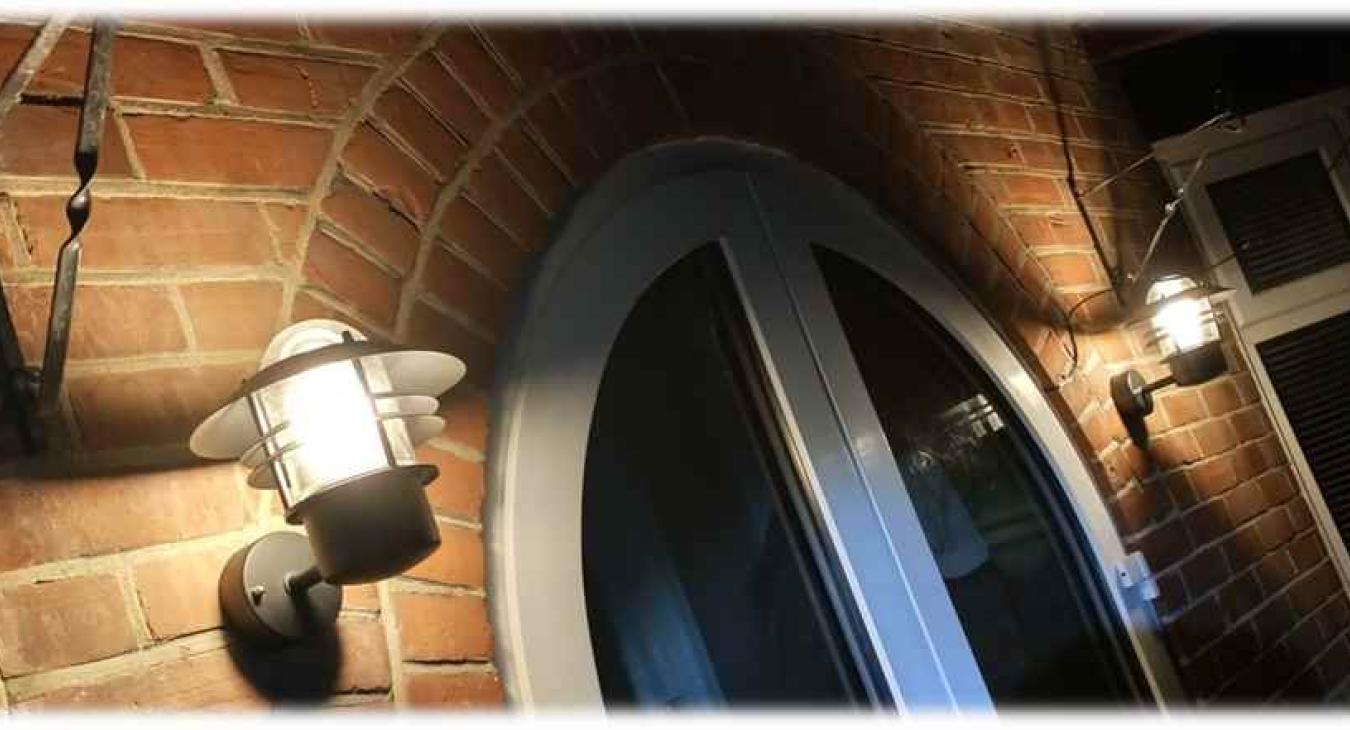
This our disclaimer - if you're googling this, you probably shouldn't do it.
Why?
Shower isolators are probably the hardest thing to wire in a residential property. You're dealing with thick cables - akin to wrestling with snakes - in a small enclosure.
Shower isolators power electric showers which happen to normally be inside the zone 1 of a special location - Locations containing a bath or shower. Not only is it a hazardous place to provide electricity to anyway, but building control would need notification.
And of course, being EICR (health check on electrics) specialists, we can hands down tell you one of the most common places to find thermal damage (burnt electrics) is in a shower isolator switch, because of the awkwardness of putting it together - which ultimately leads to poor electrical connections, and coupled with the high currents drawn by electric showers - some of the highest in the whole house - we have the ultimate storm for things getting a bit too warm.
Now that we've got all of that out of the way, here's the top tips.
You need to work out what the load cable is. The safest way is to isolate the circuit (google safe isolation), jump a link lead from live to neutral inside the shower, and with an approved meter, test for continuity. The cables that give you continuity are the load go into the load terminals on the isolator. (red/brown goes to live, and black/blue goes to neutral, and earths go together!)
The cables should have no signs of thermal damage and the copper should be shiny.
If you have a (ideally) 2 gang (long) isolator going on the wall outside the bathroom:
The length of the cables will want to be somewhere between 70-140mm long, with the outer sheath stripped right back. If you have a 1 gang isolator, your cables want to be between 45-75mm long, with the outer sheath stripped right back. And the bare earths wants to be sleeved appropriately. 2 gang (rectangle) isolators are usually easier to replace than their 1 gang counterparts (square).
The copper on show to be a long as you can get it without copper coming out of the terminal, generally 12-20mm long.
The cables want to be nicely dressed - ie bent in such a way, before you close the lid, such that the cables are going to naturally sit inside the enclosure without crisscrossing or pushing against you as you close the lid.
Give your cables a tug test make sure they're sat in nicely. If the pop out, do it again. Do not get complacent and skip this step.
The terminals want to be TIGHT. And in fact, we'll go so far as to say once you think they're in nicely in their final resting place, stop all steps for 20 minutes then come back. I reckon you'll get another turn on the screwdriver on them. Do not be complacent and skip this step.
Once you've done all this, give it all another tug test. grab the isolator and rotate is clockwise and anti clockwise. If a cable pops out, you need to redo it.
If and only if you've successfully reached this step may you start trying to push the lid onto the box. push the lid onto the box flush first before offering screws into the 2 holes. You will likely want 50mm screws for this.
After wrestling with 6mm or 10mm snakes for the past hour or so, you might have had to take a trip or two to the wholesalers you then get to finish up with the following. And this is where it then becomes a nightmare if you don't have the scientific knowledge, scientific testing equipment and don't know how to fill out the certificate for your work.
You need to fill out a minor works certificate, testing:
- The strength of the live and earth from the transformer to your fuse box
- The strength of the live and earth from the fuse box to your shower
- you also want to be doing the strength of the live and neutral for the above
- The insulation resistance reading of the shower cable, from the fuse box
- You want to check if your water and gas has the correct bonding
- You want to make sure you have correct polarity throughout
- And you need to test the sensitivity of your RCD
And then you may possibly need to notify the local authority's building control department.
Which is why our clients just end up calling their friendly local electricians serving Medway & Maidstone to save themselves all the bother.
01634 218 821 (Medway) or 01622 277 321 (Maidstone)











